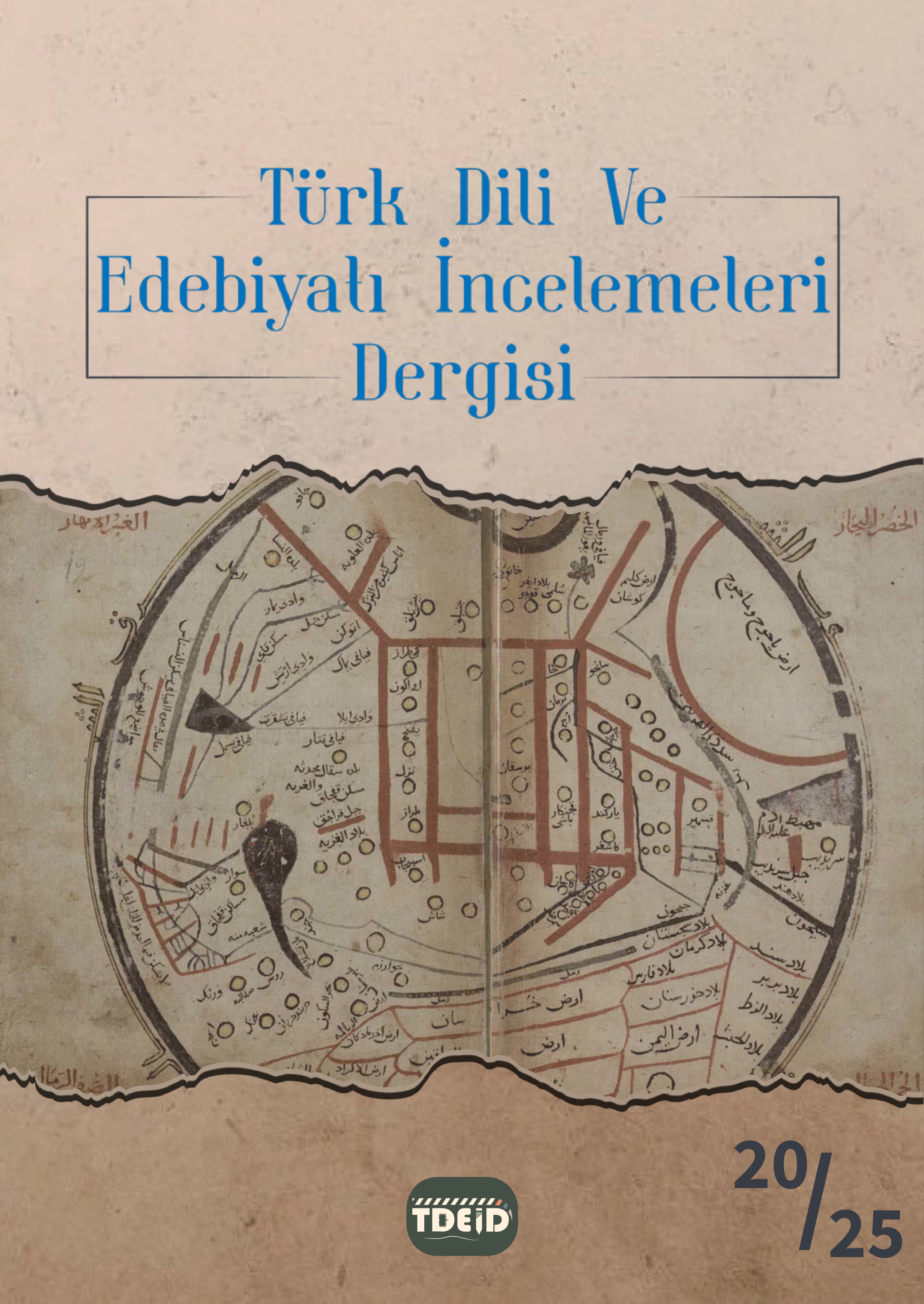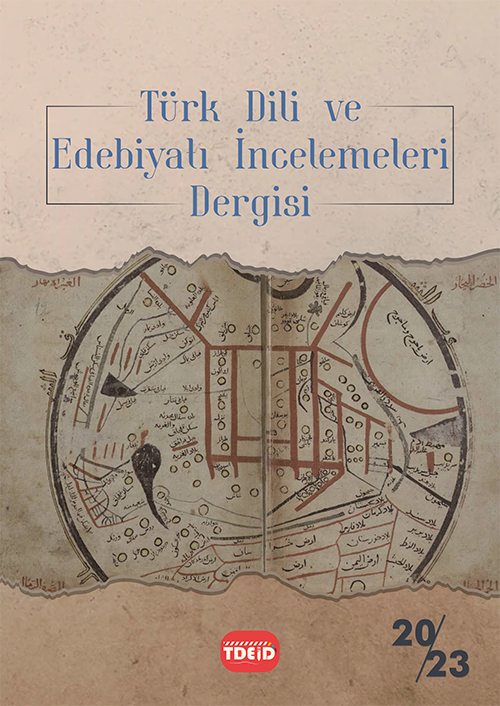Anthroponyms Uygurs from Turhan
DOI:
https://doi.org/10.5281/zenodo.15836881Keywords:
Uighur Ruks, inscriptions, onomastics, anthroponyms, epithets, titlesAbstract
In the 11th century, themajority of theancient Uighur Turks leftt heir homeland of Ötüken andsettled in the Turfan Valley, located in what is now the Xinjiang region of northwestern China. There, they established the semi-independent Kingdom of Qocho. During theera of thiskingdom, Uighur culture developed significantly in line witht hedemands of the time. Administrative organization, documentation, legal matters, and civil-economic relations were conducted at a level comparable to those of thecivilized world. This advancement was also reflected in theuse of personal names. Unlike the Göktürk period, written sources from this erawidely recorded personal names, including those of women. Amongthe Turfan Uyghurs, male names and titles (titulars) are predominant. These onomastic elements are mainly composed of the following categories: totemic names, purpose ful (intentional) names, accidental (coincidental) names, theophoric names (names involving divine elements), names given accordingto parental wishes, names given in connection with specific individuals, names formed with words denotingrank and title. In the Turfan Uighur Turkic inscriptions, female names, in terms of structure, can be classified as follows: female names formed based on titles, female names based on good wishes ordesires for the child, femal enamesconsisting of cosmogonic concepts, female names composed of ethno-anthroponyms, female names that express the emotions of the parents. Taking these features into account, this article presents a comprehensive study and analysis of the namingsystem of the Uighur Turks in the Turfan region.
References
Arat, Reşit Rahmeti (1994). Eski Türk Şiiri. Ankara, TTK yay.
.................................(1987). Makaleler. Cilt I, Ankara, TKAE Yay.
Caferoğlu, Ahmet (1968). Eski Uygur Türkçesi Sözlüğü. Ankara, TDK Yay.
Gabain, A. Von (1973). Das Leben im Uigurischen Königreich fon Kocho. Viesbaden
Eraslan, Kemal (2012). Eski Uygur Türkçesi Grameri. Ankara, TDK yay.
Maxpirov, V. (1997). İmena drevnıx predkov. Almatı.
Mackerras, C. (2000). Uugurlar.-“Erken İç Asya Tarihi”. İstanbul
Müller, F. V. K. (1915). Zwei pfahlinschriften aus den Turfanfunden. APAV, Berlin
...........................(1913). Ein Doppelblatt aus einem manicheischen Hymnen buch (Mahrnamag).Phil.-hist.Klasse, 1912, Berlin.
Guliyev, Ebülfez (2001). Qədim Türk Onomastikasının Leksik-Semantik sistemi. C. II, Bakı, Elm.
.............................. (2024). Eski Türkçede Şahıs Adları, Ankara, Sonçağ yay.
..............................(2024). Kadim Uyğur Türkleri: Metinler, Dil, Edebiyat. Bakı: Elm ve Tehsil yay.
Keskin, Berker (2022). Eski Uygur Türkleri Hukuk Belgeleri. Ankara, TDK Yay.
Pritsak, Omelyan (1993). Karahanlılar –İA, C.VI, İstanbul.
Radloff, W. (1928). Uigurische Sprachdenkmaler. Leningrad
Rásonyi, László (1988). Türklükte Kadın Adları –TDAYB 1963, Ankara
Rásonyi, László (2006). Doğu Avrupada Türklük. İstanbul, Selenge Yay.
Sümer, Faruk (1999). Türk Devletleri Tarihinde Şahıs Adları. İstanbul.
Тугушева Л.Ю. (1975). Два уйгурских документа, СТ , 4, с. 92-101.
Тугушева Л.Ю. (1978). Два колофона, ТС 1975, Mосква, , с. 252-262.
Тугушева Л.Ю. (1983). Деловые письма из коллекции Грюнведеля. «История и культура Центральной Азии» Mосква, с. 209-220.
Тугушева Л.Ю. (1984).Некоторые дополнения к чтению древнеуйгурских деловых документов. “Письменные памятники востока 1976-1977, Mосква , , с. 240-247.
Zieme P. (1984). Materialen zum uigurischen Onomastcon I, TDAYB 1997, II TDAYB 1978-1979, III TDAYB, Ankara
Downloads
Published
How to Cite
Issue
Section
License
Copyright (c) 2025 Türk Dili ve Edebiyatı İncelemeleri Dergisi

This work is licensed under a Creative Commons Attribution 4.0 International License.







